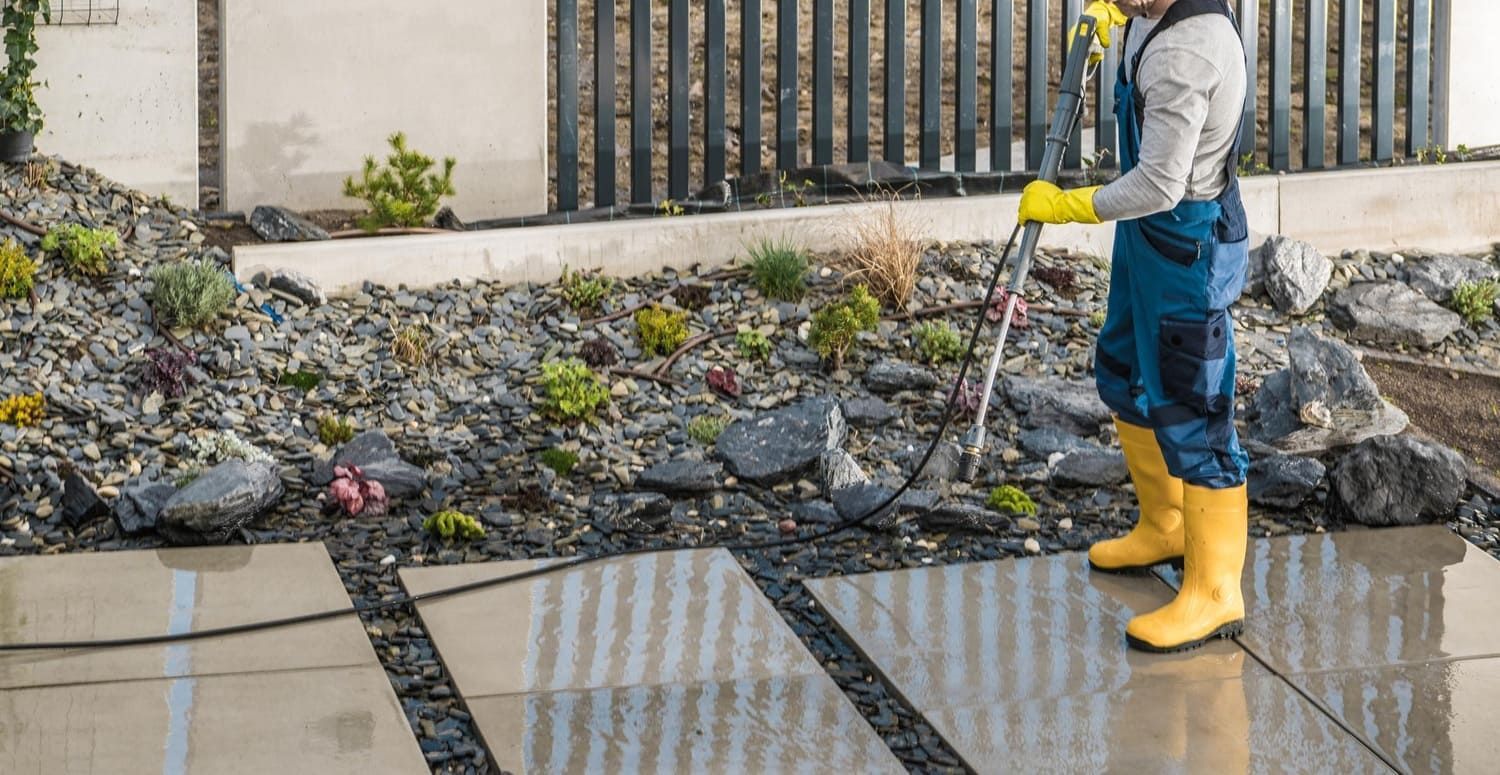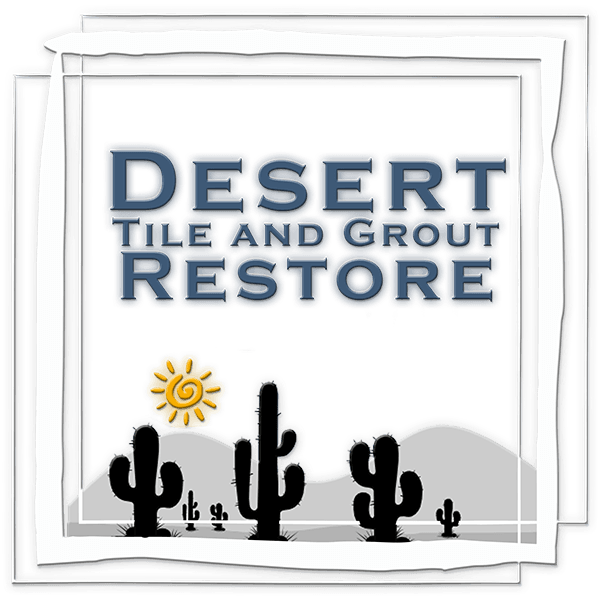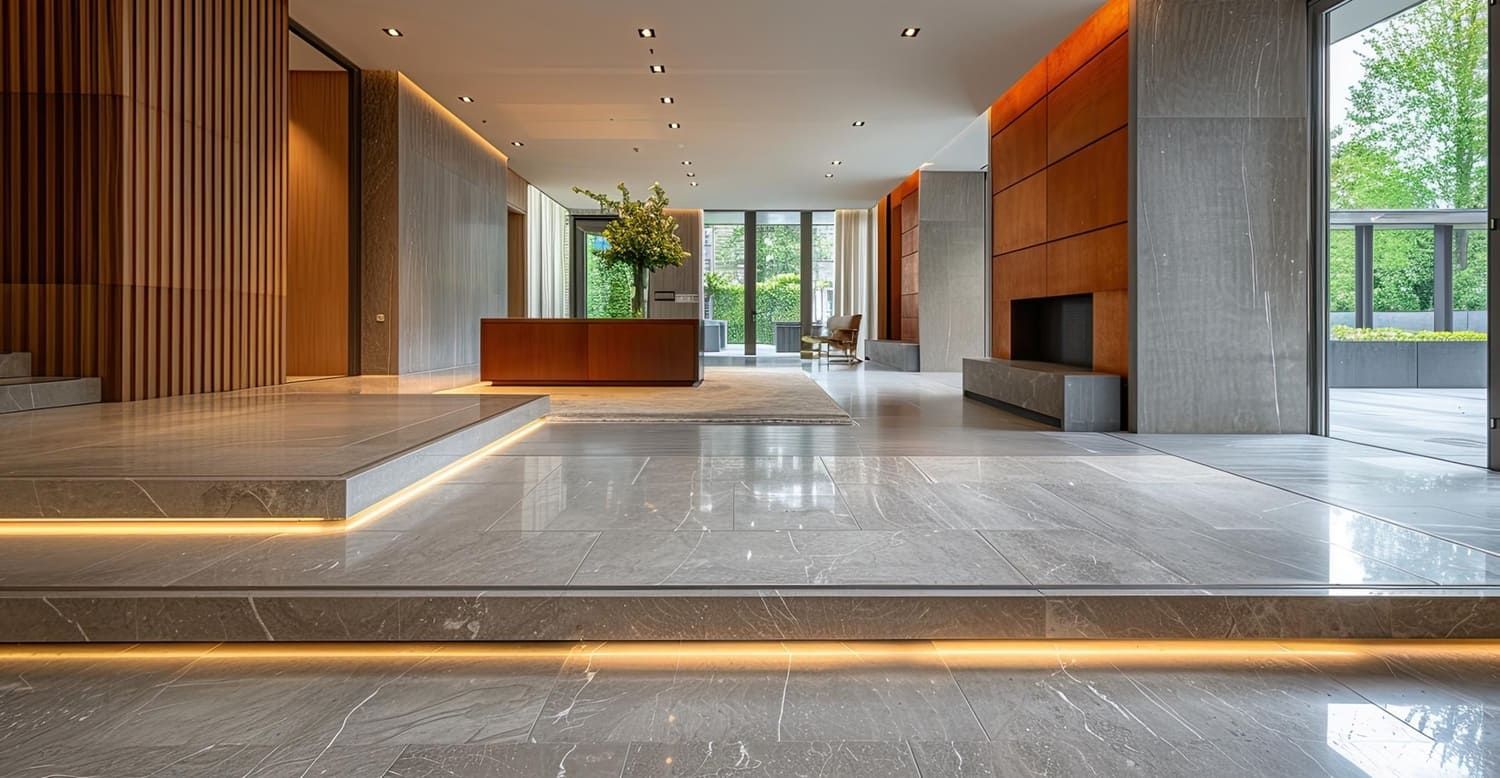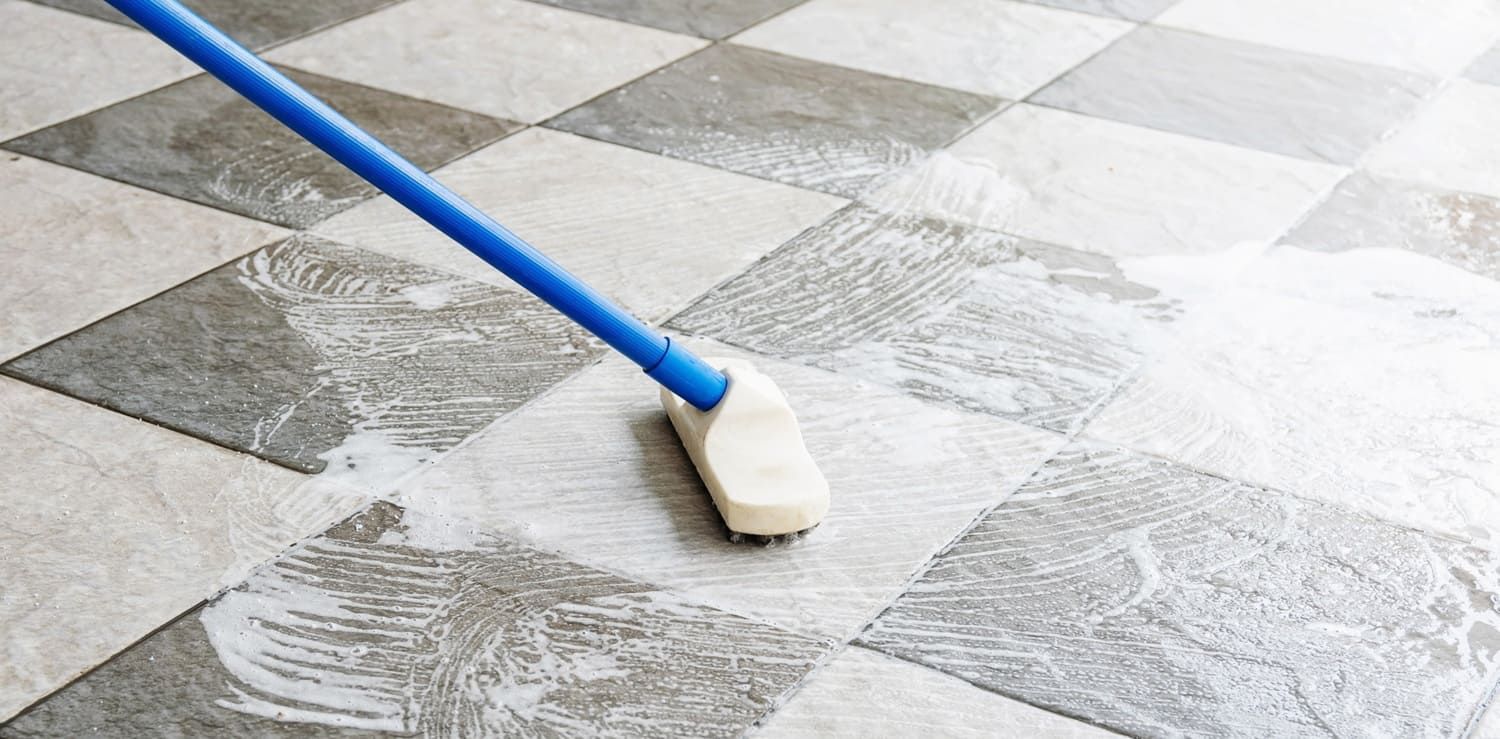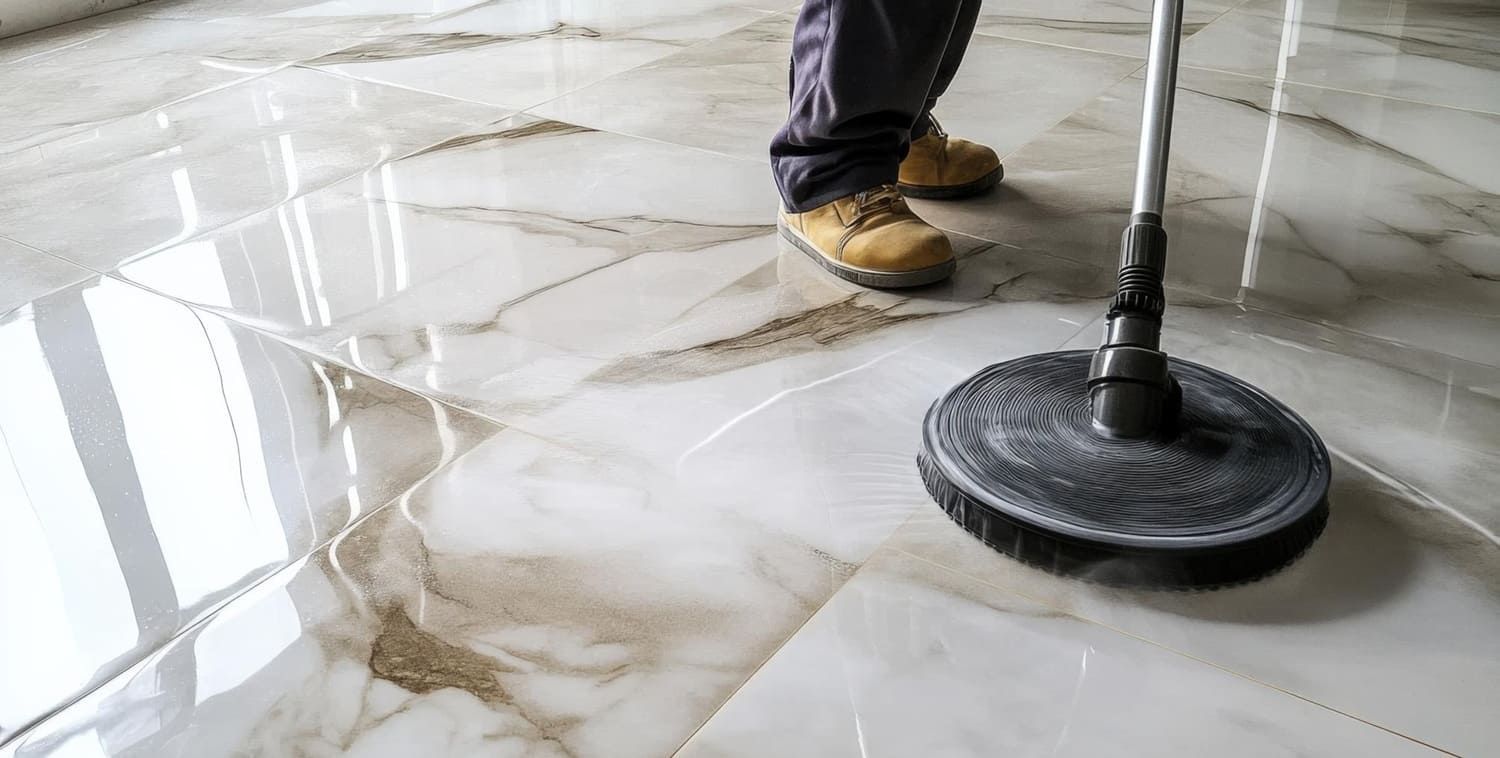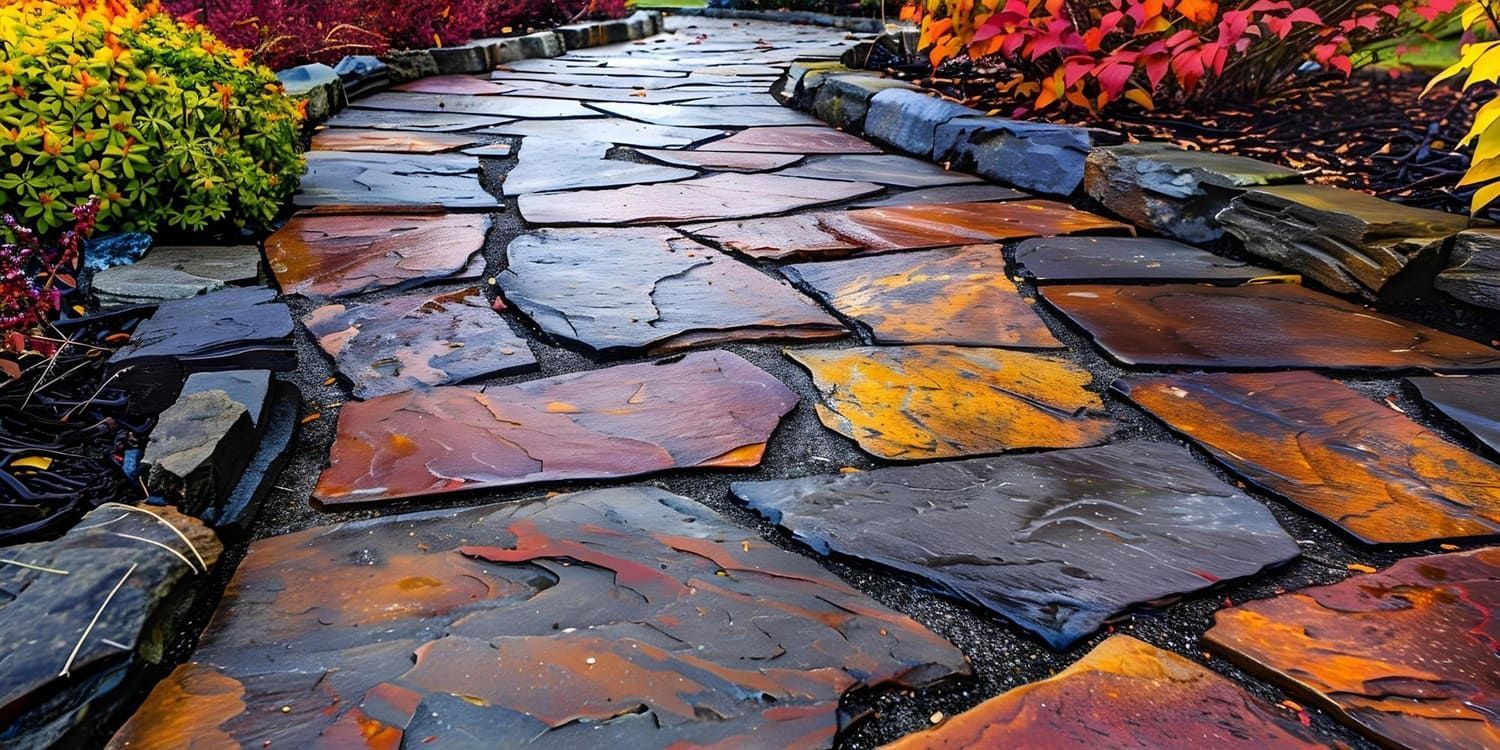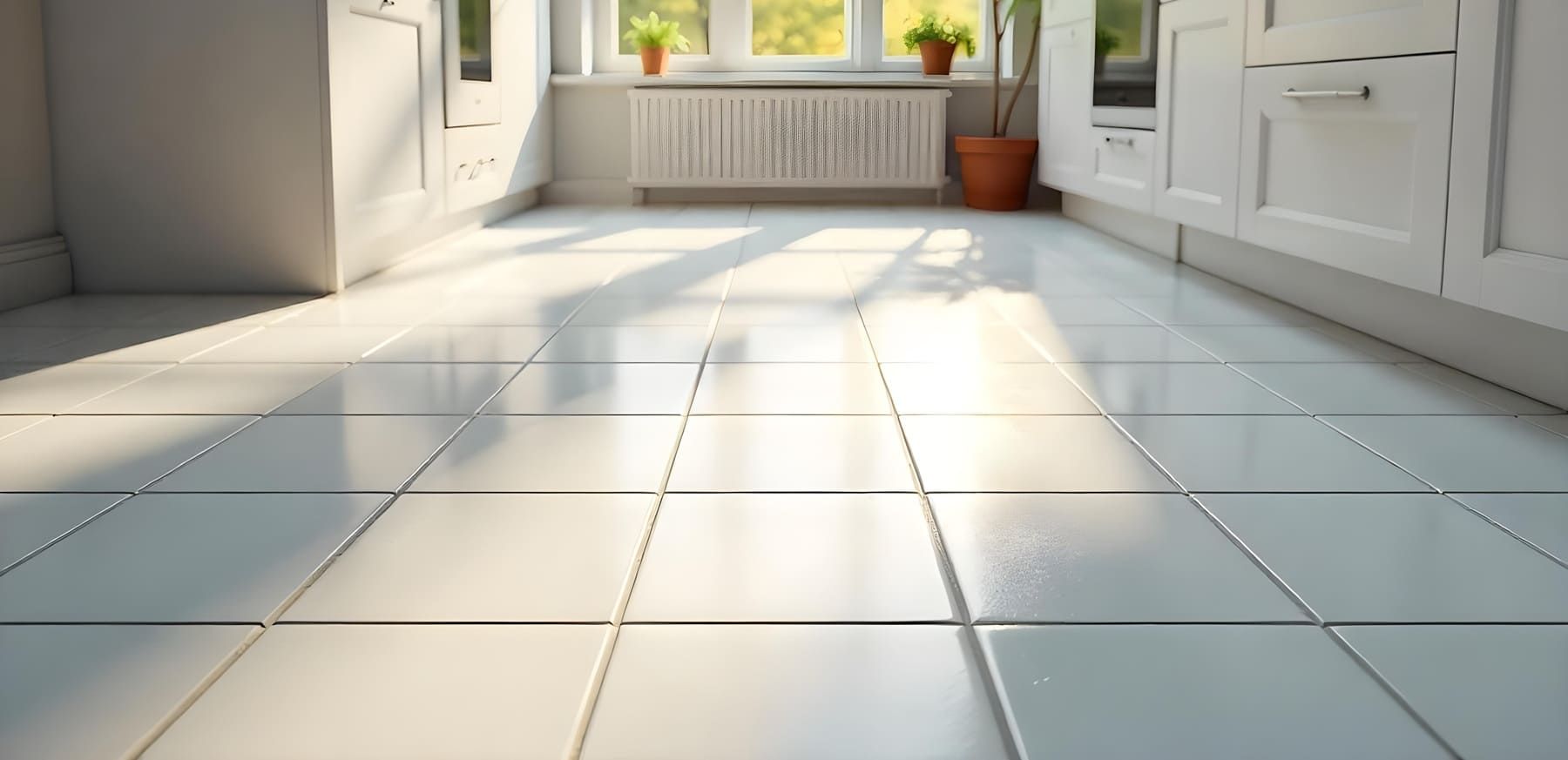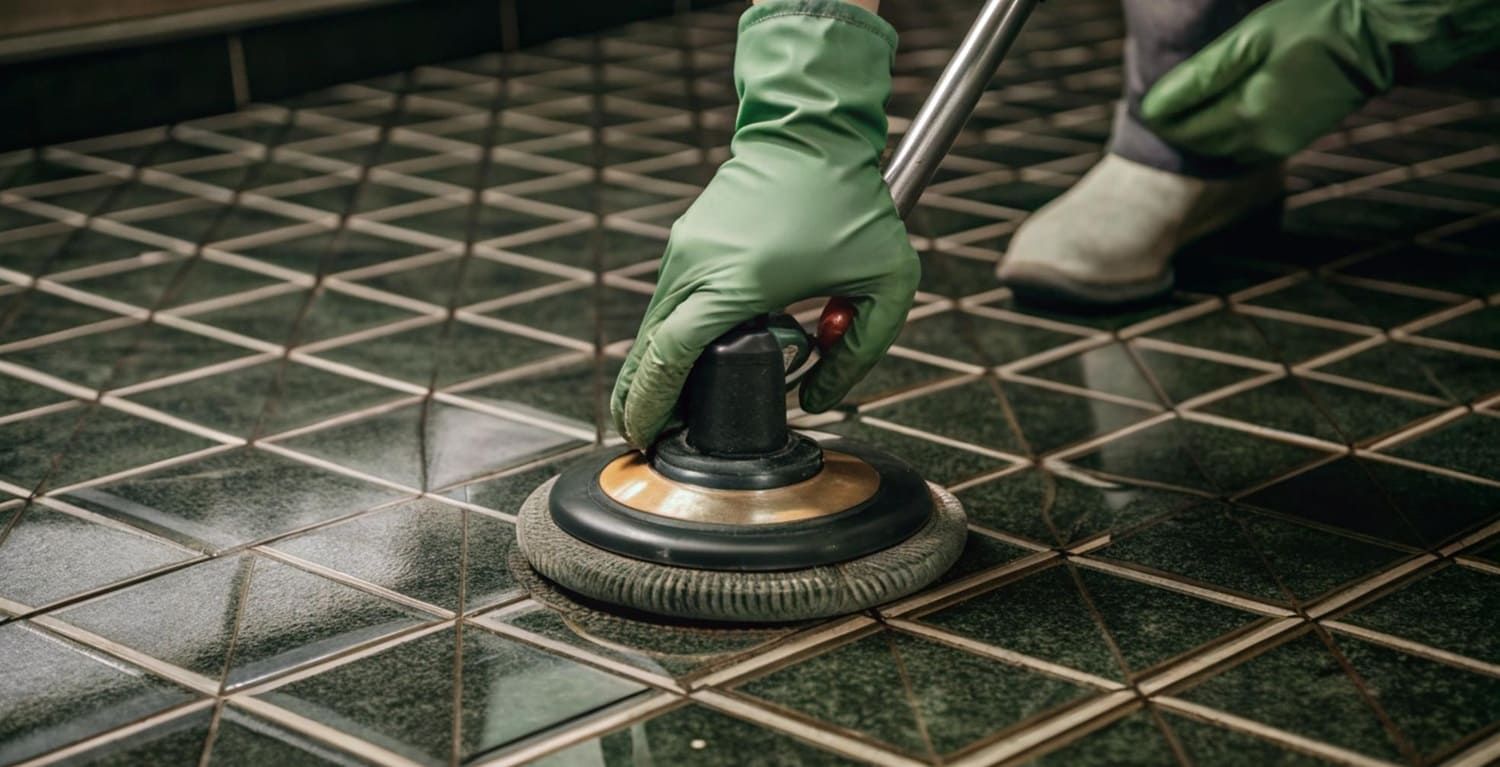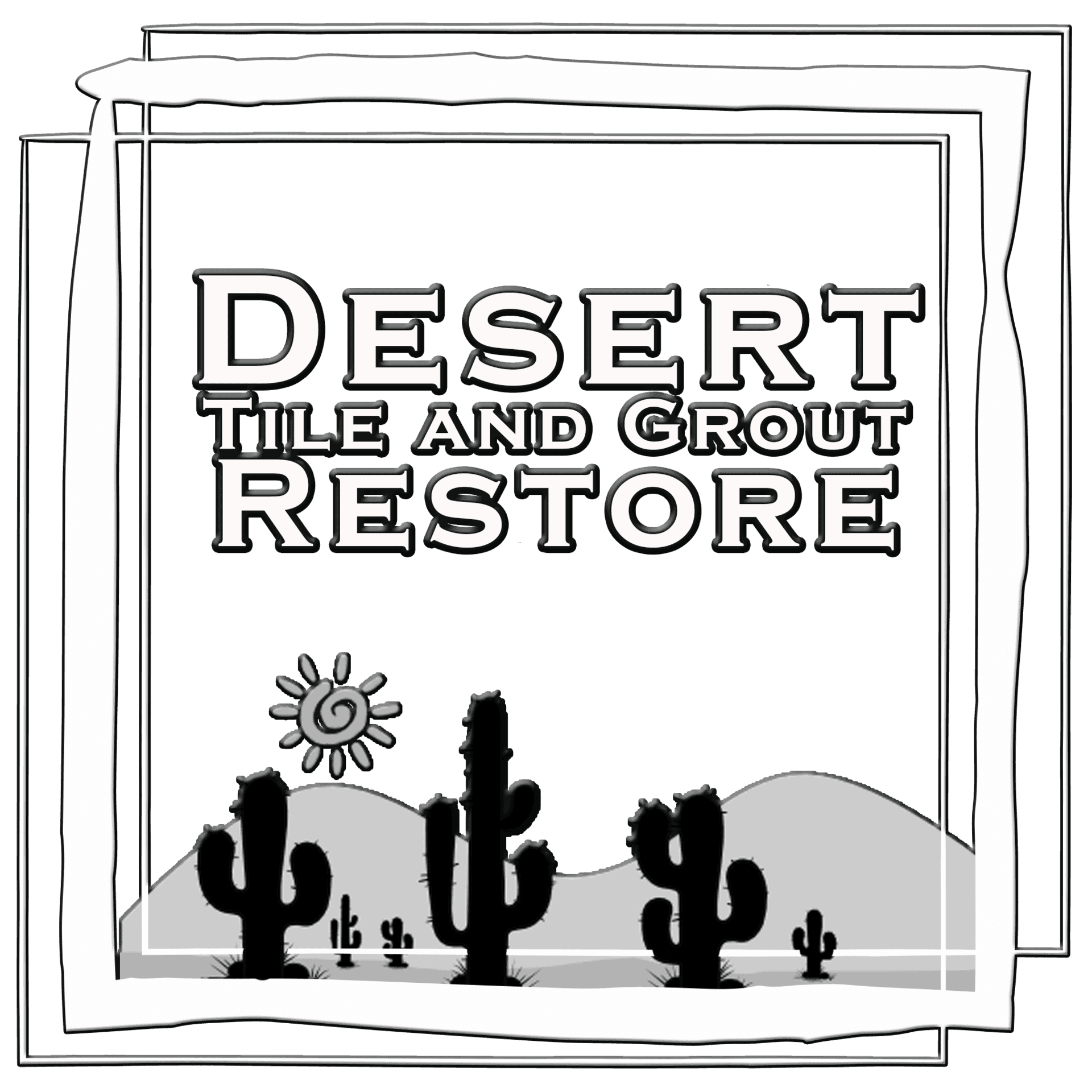ARIZONA'S BEST STONE, TILE, AND GROUT CLEANING SERVICES
Expert Tips for Maintaining and Restoring Natural Stone Floors
Natural stone floors are a timeless choice for many homeowners and property managers. They offer a unique blend of elegance, durability, and longevity.
However, maintaining their pristine condition requires knowledge and effort.
In this article, we delve into the world of natural stone floor maintenance. We'll provide expert tips on how to clean, restore, and preserve these beautiful surfaces.
Whether you have marble, granite, or limestone floors, you'll find actionable advice tailored to your needs.
From daily cleaning routines to professional restoration processes, we've got you covered.
Stay tuned to learn how to keep your natural stone floors looking their best for years to come.

Understanding Your Natural Stone
Before diving into maintenance, it's crucial to understand the type of stone you have. Different stones have unique characteristics and care requirements.
Marble, granite, and limestone, for instance, each respond differently to cleaning products and techniques. Knowing your stone's specific needs will guide your maintenance routine and help prevent damage.
Daily Cleaning and Preventative Measures
Regular cleaning is key to maintaining the beauty of your stone floors. It helps prevent the buildup of dirt and grit that can scratch the surface.
Use a soft, dry mop or broom for daily sweeping. Avoid using a vacuum cleaner as it can cause scratches.
When mopping, use a damp mop rather than a wet one. Too much water can seep into the stone and cause damage.
Always use a pH-neutral cleaner designed for natural stone. Acidic or alkaline cleaners can etch the surface and dull the finish.
Sweeping and Dust Mopping
Sweeping or dust mopping your stone floors daily is a simple yet effective preventative measure. It removes dirt and grit that can scratch the stone surface over time.
Remember to use a soft, non-abrasive broom or mop to avoid causing damage to the stone.
Mopping with the Right Cleaner
When it comes to mopping, the type of cleaner you use is crucial. Always opt for a pH-neutral cleaner specifically designed for natural stone.
Acidic or alkaline cleaners can etch the stone surface, causing dullness and damage. Also, avoid using too much water as it can seep into the stone and cause problems.
Lastly, always rinse and dry your floors after mopping to prevent residue and water spots.
Dealing with Spills and Stains
Spills and stains are inevitable, but quick action can prevent permanent damage. The key is to blot spills immediately, rather than wiping them.
For stubborn stains, a poultice made from baking soda and water can be effective. However, always test a small, hidden area first to ensure it doesn't discolor the stone.
Remember, different types of stone react differently to stains and treatments. So, it's important to know your stone type and treat it accordingly.
Immediate Actions for Spills
When a spill occurs, act quickly. Blot the spill with a clean, dry cloth to absorb as much of the liquid as possible.
Avoid wiping as it can spread the spill. Instead, blot from the outside of the spill towards the center.
Removing Common Stains
Removing stains from stone floors requires a gentle touch and the right approach. For oil-based stains, a poultice made from baking soda and water can be effective.
For organic stains like coffee or tea, hydrogen peroxide can be used. However, always test any cleaning solution on a small, hidden area first.
Remember, the longer a stain sits, the harder it is to remove. So, act quickly and consult a professional if necessary.
The Importance of Sealing Natural Stone
Sealing is a crucial step in natural stone floor maintenance. It provides a protective barrier, preventing stains and damage from penetrating the stone's surface.
Different types of stone have different sealing needs. For instance, granite is less porous than marble and may not require frequent sealing.
However, regardless of the stone type, sealing enhances its durability and preserves its natural beauty.
When and How to Reseal Your Floors
The frequency of resealing depends on the stone type and the amount of foot traffic. High-traffic areas may need resealing every 1-2 years.
To reseal, first clean the floor thoroughly. Then, apply the sealant according to the manufacturer's instructions. Always allow ample time for the sealant to dry before walking on the floor.
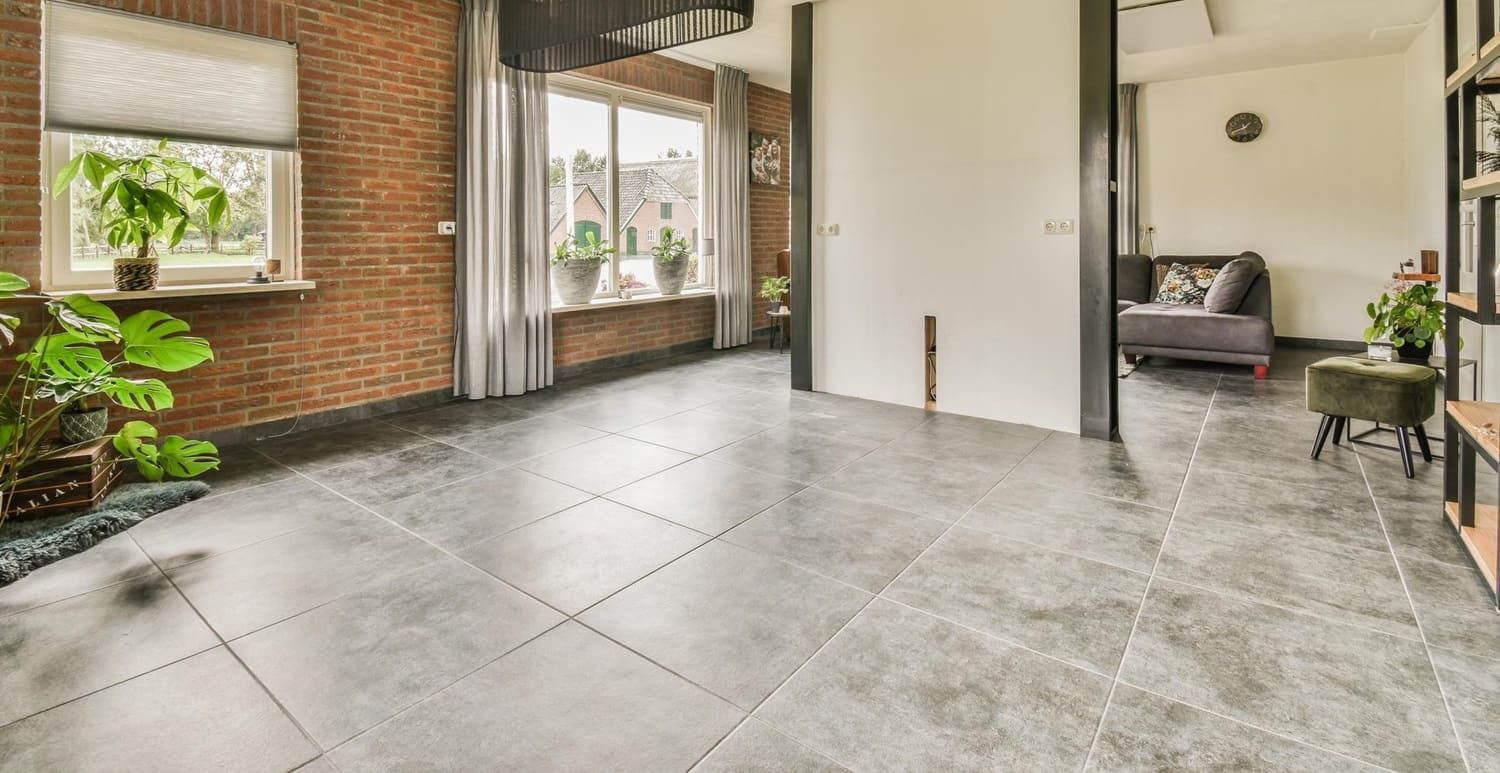
Professional Natural Stone Restoration
Sometimes, despite your best efforts, your stone floor may need professional restoration. This could be due to deep stains, significant wear, or visible damage.
Professional restoration can bring back the original beauty of your stone floor. It can also address issues that are beyond the scope of regular maintenance.
When to Call a Professional
If your stone floor has deep-set stains, severe etching, or visible cracks, it's time to call a professional. These issues require specialized skills and equipment to fix.
Also, if your floor has lost its shine despite regular cleaning and polishing, a professional restoration might be necessary.
The Restoration Process
The professional restoration process begins with a thorough cleaning. This removes any dirt or grime that could interfere with the restoration.
Next, the professional will repair any damage. This could involve grinding, honing, or polishing the stone.
Finally, the stone is sealed to protect it from future damage. This process can restore your floor to its original beauty and prolong its lifespan.
Polishing and Enhancing Shine
Polishing your stone floor can enhance its shine and make it look new again. It can also help to hide minor scratches and imperfections.
However, polishing should be done carefully. Too much can wear down the stone, while too little may not achieve the desired effect.
DIY Polishing Tips
If you decide to polish your stone floor yourself, start by cleaning it thoroughly. Any dirt or grit on the floor can scratch the surface during polishing.
Next, use a polishing compound designed for your type of stone. Follow the manufacturer's instructions carefully to avoid damaging your floor.
Professional Polishing Services
For a deeper shine or for floors with significant wear, consider hiring a professional polishing service. They have the tools and expertise to achieve a high-gloss finish without damaging the stone.
Remember, professional polishing can also include sealing the stone. This adds an extra layer of protection to your floor.
Maintaining Grout Between Stone Tiles
The grout between your stone tiles also needs attention. Over time, grout can become discolored and may harbor bacteria.
Use a grout cleaner suitable for your stone type. Scrub the grout lines gently with a soft brush. Rinse thoroughly to avoid leaving a residue that can attract more dirt. For stubborn stains, consider hiring a professional grout cleaning service. They have the tools and products to clean grout without damaging your stone tiles.
Long-Term Care and Maintenance Plan
A long-term care and maintenance plan is crucial for preserving the beauty of your natural stone floors. This plan should be tailored to the type of stone, its location, and the level of foot traffic it receives.
Regular maintenance is more cost-effective than full restoration or replacement. It also helps to maintain the aesthetic value of your stone floors, which can increase your property value.
Remember, the key to a successful maintenance plan is consistency. Regular cleaning, sealing, and professional inspections can go a long way in extending the life of your stone floors.
Creating a Cleaning Schedule
Creating a cleaning schedule is an important part of your maintenance plan. This schedule should include daily, weekly, and monthly tasks.
Daily tasks might include sweeping or dust mopping. Weekly tasks could involve mopping with a stone-safe cleaner. Monthly tasks might include a deeper clean or inspection for signs of wear.
Assessing and Addressing Wear
Regularly assessing your stone floors for signs of wear is crucial. Look for scratches, etches, or dull spots that might indicate the need for resealing or polishing.
If you notice significant wear or damage, it might be time to call a professional. They can assess the extent of the damage and recommend the best course of action, whether that's deep cleaning, polishing, or full restoration.
Conclusion: The Value of Well-Maintained Stone Floors
Maintaining your natural stone floors is not just about preserving their beauty. It's also about extending their lifespan, enhancing their functionality, and increasing your property value.
With the right care and maintenance, your stone floors can remain a stunning feature of your home or business for many years to come.
At Desert Tile & Grout Restore, we're pros at maintaining and restoring natural stone floors. Contact us today to learn more about our services in Glendale, AZ.
Desert Tile & Grout Restore's Blog
